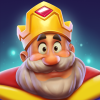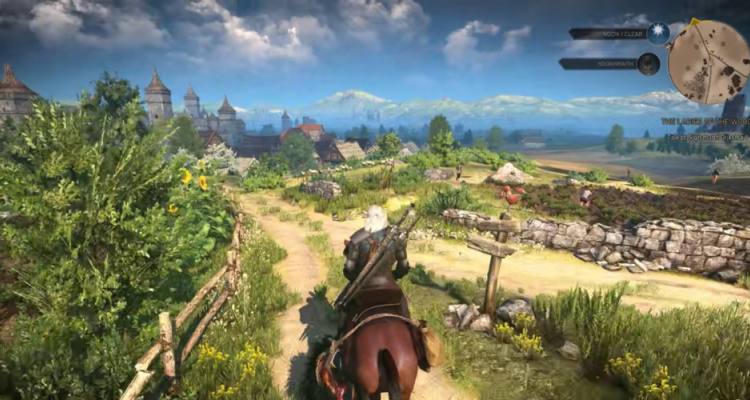
Best For You
The Witcher 3: Complete Guide to Gwent and How to Win Cards Easily
Gwent is a charming card game that comes as a highlight in the internationally acclaimed video game - The Witcher 3. Launched by CD Projekt, this intriguing minigame has significantly grown to cement its space in the game as one of the most strategic and enjoyable pass times. Gwent isn't just a patchwork idea. Instead, it holds a pivotal part and potential rewards within the broader narrative of The Witcher 3, making it an intricate and crucial part of the gameplay. Its strategic intricacies and uniquely crafted rules make it a game within a game, adding a depth of enjoyment that transcends the boundaries of traditional combat-focused gameplay.
Mastering The Rules
Players often find themselves at a crossroads, given the complexity and the need to grasp its rules and strategies better. This complexity primarily contributes to players stumbling through various rounds and often missing out on collecting the prized, rare Gwent cards, which could potentially lead them to victory. Unfamiliarity with the play mechanics or an underdeveloped strategy can hinder your progress and keep you from claiming the upper hand in Gwent basements and tournament scenarios.
A Guide to Gwent
This handbook is an exhaustive compendium addressing every facet of the Gwent card game. It generously imparts players crucial wisdom to navigate Gwent's complex universe. Whether you're a beginner eager to grasp the game's foundational rules or a seasoned player in pursuit of elite strategies for rivalry outsmarting, this handbook is crafted to accommodate a spectrum of players. Conspicuous focus is given to the methods of curating a victorious deck of cards essential for gaining supremacy over the game.
Locating and Amassing Cards
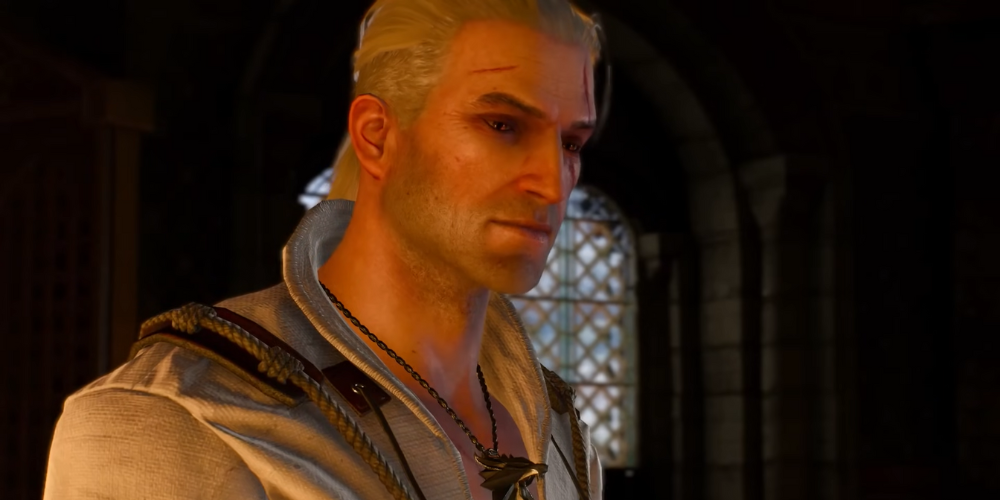
The game rewards players with cards, which they must systematically seek and collect throughout the expansive world of The Witcher 3. Whether these are won by opponents or discovered in tucked-away corners of sprawling cities and tiny hamlets, players must always be on the lookout to expand their deck. This provides an extended vested interest, keeping the quest for elusive cards exciting throughout your journey in The Witcher 3.
Understanding the Basics of Gwent
Game Concept of Gwent
At its core, Gwent is a representation of a medieval battle where two armies engage in combat. It's more of a psychological warfare, asking the competitors to outwit the opponent strategically while making the best use of the resources at hand. Each player, in essence, plays the role of a general, commanding their forces towards victory.
Anatomy of a Gwent Deck
Each player possesses a deck, which symbolizes their military forces. A Gwent deck comprises distinct card types, each of which serves a unique function on the battlefield. Different types of cards represent various units, spells, and abilities dedicated to playing a specific role - be it a common infantryman or a powerful weather-altering spell. The composition of your deck can give you a significant advantage right from the start if you master strategically grouping these cards.
The objective of the Game
The primary objective of Gwent is straightforward but requires strategic thinking at every turn. The objective for participants is to secure victory in at least two of the three rounds by ultimately having superior overall power in their troops compared to their competitors. Each round in Gwent is essentially a war of attrition, where the build-up of your forces and timely execution of abilities can tip the balance in your favor.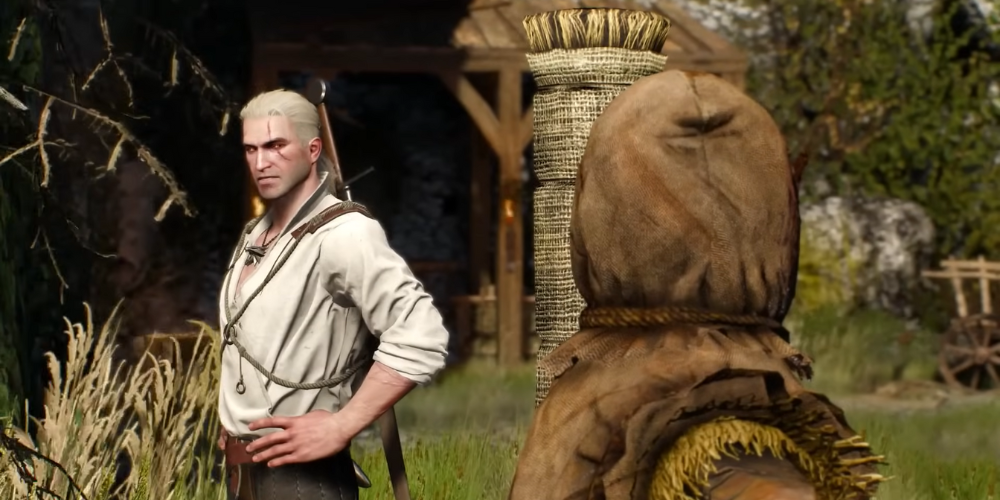
Balance of Tactics and Chance
While the game's concept might sound simple, what makes Gwent intriguing and addictive is its perfect balance of tactics and chance. You begin each round by drawing cards at random from your deck. This element of unpredictability adds an additional layer of suspense and excitement to the game because the outcome can be influenced by the hand you're dealt. However, winning this game is not just based on the luck of the draw but also on using these cards strategically.
Value of Strategic Decisions
A considerable part of the game revolves around making strategic decisions regarding when to play each card in order to maximize its potency. Should you lay all your strong cards in the initial round and secure an early victory, or should you wait and strategically outlast your opponent over the entire span of three rounds? Understanding these intricate dynamics can help you craft a sound strategy that keeps you several moves ahead of your competitors.
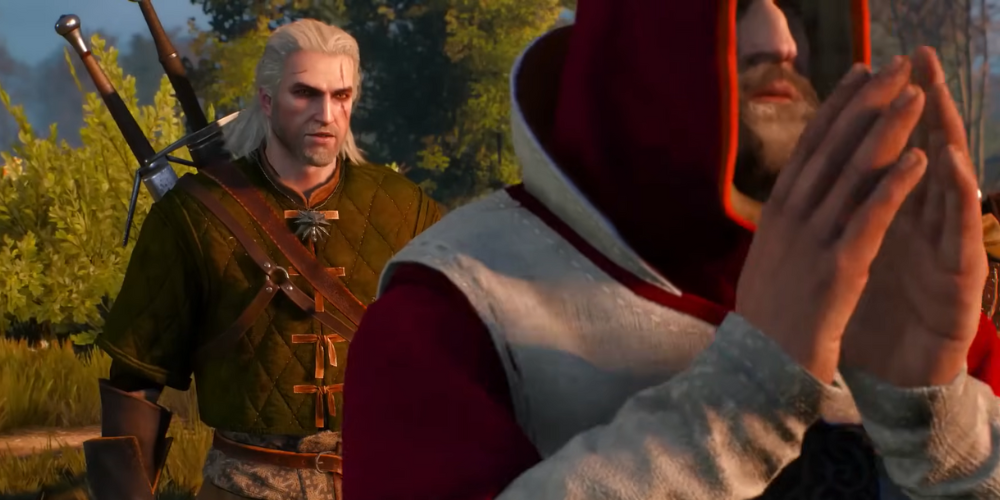
While the rules of Gwent might seem complex at first glance, overcoming the initial learning curve uncovers a highly engaging and strategic game that personally involves you in every step of planning and execution. By understanding the basic rules and the elementary strategy of the game, you are well on your way to becoming a seasoned Gwent player.
Structuring Your Deck
The deck-building aspect of Gwent is where real strategy comes into play. To build a strong deck, you'll need to understand the benefits and limitations of each of the four factions, including Northern Realms, Scoia'tael, Monsters, and Nilfgaardian Empire. Additionally, you should have a balance of close combat, ranged, and siege cards. Special cards, like weather and hero cards, can also turn the tide in your favor if used at the right moment.
Card Acquisition
Building a winning deck hinges upon expanding your card collection. You begin The Witcher 3 with a basic set of Gwent cards, but there are more than 150 extra cards scattered throughout the world. These can be obtained by winning against merchants, innkeepers, and noteworthy players spread across the world, purchasing from select vendors, or finding them as loot throughout your journey. It's important to play merchants and innkeepers who often have unique cards as rewards every time you beat them for the first time.
Defining Your Strategy

Being good at Gwent is not just about collecting powerful cards but utilizing a unique strategy that works for your playing style. Key parts of forming an effective strategy include keeping an eye on your opponent's card count and passed rounds, paying attention to your hand's total strength, and using special cards strategically. Holding back your stronger cards for later rounds and strategically passing rounds are also recommended for achieving victories.
Mastering Advanced Tactics
As you become more comfortable with the game, understanding and utilizing advanced tactics can make you a feared Gwent player. These tactics may include the wise use of spy cards, which give your opponent strength but allow you to draw more cards, decoy cards to reuse your own or capture your opponent's cards, and 'medic' cards to resurrect cards from your discard pile. Such complex strategies take time to master but can confer significant advantages during gameplay.
Conclusion
Gwent is a perfect example of a game-of-chance-meets-strategy. On the surface, it might seem complex with its deck-building requirements, strategic gameplay, and sheer variety of cards. However, with a sound understanding of the rules, a well-structured deck, defined strategies, and knowledge of advanced tactics, one can prove to be an adept player. Not only does Gwent provide an immersive, enjoyable gaming experience, but it also showcases the importance of strategic thinking, planning, and decision-making.


